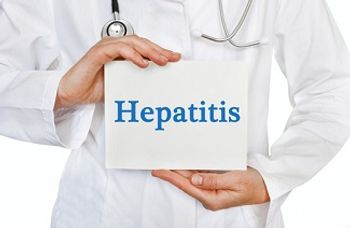
MSM Whose Partners Use PrEP Could Have Greater Risk for STI
The prevalence of sexually transmitted infections is rising, and a new study suggests a higher risk for HIV-positive MSM whose partners use PrEP.
Incidences of bacterial sexually transmitted infections (STIs) syphilis, chlamydia, and gonorrhea have grown in recent years, and combating this trend may benefit from a targeted approach.
A recent study, published in
“The main takeaway of our study is that persons living with HIV who have partners on PrEP may be a high-yield group for targeted STI outreach, screening, and sexual health counseling,” lead author Carlo Hojilla, RN, PhD, postdoctoral fellow at the University of California, San Francisco and Kaiser Permanente Division of Research, told Contagion®. “We expected to find a higher rate of condomless sex among persons living with HIV who had partners on PrEP, but we didn’t. So that suggests there are other factors (eg, behavioral [alcohol/drug use], sexual network characteristics [network density]) that might play an important role in contributing to the higher STI prevalence we observed among those who had partners on PrEP.”
The study examined data collected in a clinical trial of behavioral interventions to
reduce unhealthy alcohol use at Kaiser Permanente Northern California. Data from 465 people with HIV were analyzed. Overall, 36 participants, or 8%, had a bacterial STI during the study period. Among the participants, 32% had partners who were HIV-positive, 31% had at least 1 HIV-negative partner who took PrEP, 37% had HIV-negative partners who didn’t use PrEP. The majority of participants (76%) used alcohol, and 23% reported recent use of alcohol and drugs before sex.
“Incidence of bacterial STIs have been increasing over the last 2 decades and, given the limited time and resources of clinicians and health care systems, it’s important to know which groups we should prioritize our efforts for intervention,” Hojilla told Contagion®. “Our findings suggest that persons living with HIV who report having partners on PrEP may benefit from more frequent STI screening as they were nearly 3 times more likely to have an STI as those who did not have a partner on PrEP. However, it’s important to underscore that antiretroviral based prevention strategies (like PrEP) are highly effective in preventing HIV transmission and concerns around bacterial STIs should not dissuade providers from prescribing PrEP to their patients.”
Prevalence of STIs was most common among those with HIV-negative partners on PrEP (22 out of 143, or 15%, with an adjusted prevalence ratio (PR) of 2.99). Those who used alcohol and drugs before sex in the last 6 months also had a higher prevalence of STIs (13/106, or 12%, with an adjusted PR of 1.93), however, the association wasn’t considered statistically significant.
“Our next step is to evaluate how well we’re doing in following [US Centers for Disease Control and Prevention] guidelines in screening persons living with HIV for bacterial STIs and identify where our gaps are,” Hojilla told Contagion®. “We will be looking at the HIV patient cohort at Kaiser Northern California and at the VA. This will help inform efforts to improve the sexual health of persons living with HIV.”
Other recent
Newsletter
Stay ahead of emerging infectious disease threats with expert insights and breaking research. Subscribe now to get updates delivered straight to your inbox.
















































































































































































































































































